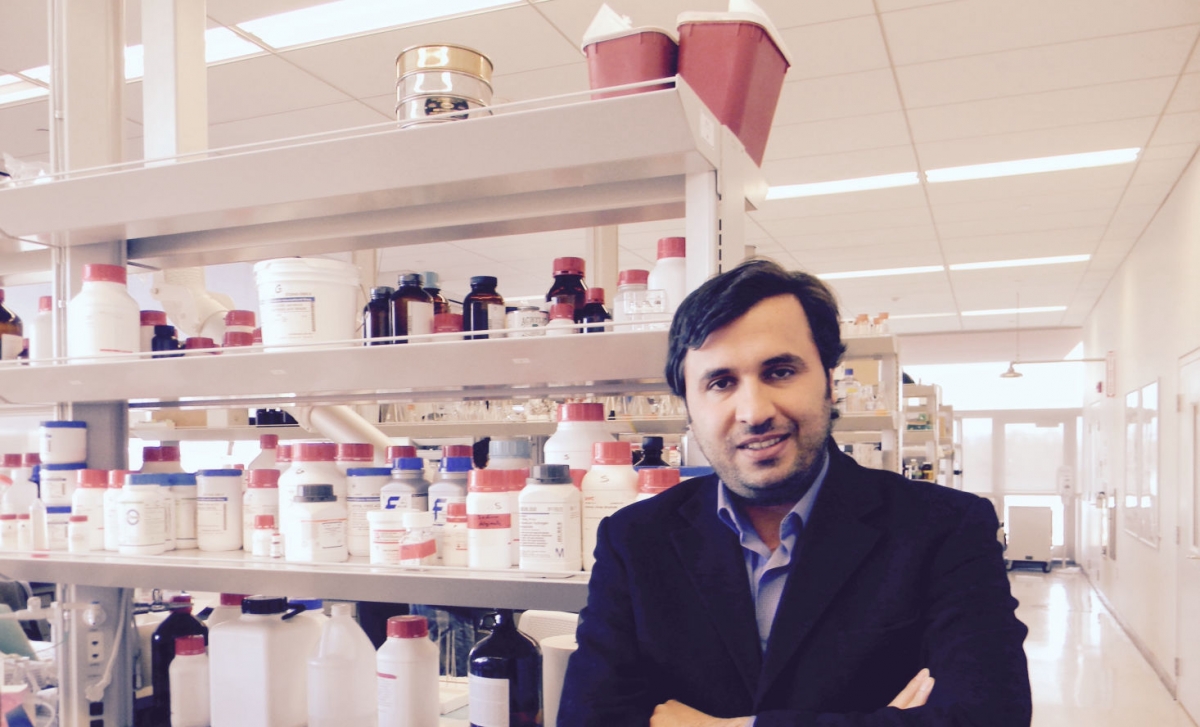
24 Mayıs Cuma günü saat 10:00’da Makina Mühendisliği Bölümü E-200 amfisinde 2006 mezunlarımızdan Dr. İbrahim Tarık Özbolat tarafından “New Groundbreaking Approaches in 3D Bioprinting: From Basic Science to Clinical Translation” başlıklı bir seminer verilecektir. Dr. Özbolat’ın kısa biyografisini ve konuşma özetini aşağıda bulabilirsiniz.
Bio:
Ibrahim Tarik Ozbolat is a Hartz Family Associate Professor of Engineering Science and Mechanics, Biomedical Engineering, and a member of the Huck Institutes of the Life Sciences at Penn State University. Dr. Ozbolat’s main area of research is in the field of 3D Bioprinting. He has been working on several aspects of bioprinting such as bioprinting processes, bioink materials, bioprinters and post-bioprinting tissue maturation for reconstitution of more than a dozen tissues and organs. Dr. Ozbolat is a leading scientist with over 120 publications, including a sole-authored book in his domain. Due to his notable contributions to the field of bioprinting, he has received several prestigious international and national awards including 2014 NSF CAREER Award, 2014 SME Outstanding Young Manufacturing Engineer Award, 2014 ASME Chao and Trigger Young Manufacturing Engineer Award, 2014 ASME Tau Pi Sigma Gold Medal, 2015 IIE Dr. Hamid K. Eldin Outstanding Early Career Industrial Engineer in Academia Award, 2015 International Outstanding Young Researcher in Freeform and Additive Manufacturing Award and 2017 Hartz Family Career Development Professorship at Penn State.
Abstract:
3D Bioprinting is a disruptive technology enabling deposition and patterning of living cells in order to reconstitute replacement tissues and organs for tissue engineering, regenerative medicine, disease modeling and drug screening purposes. In this seminar, Dr. Ozbolat will survey the emerging field of bioprinting and its impact on medical sciences. In the first part of his seminar, he will present a new bioprinting technique, called aspiration-assisted bioprinting, and explain the underlying physical mechanism in order to understand the interactions between physical governing forces and aspirated viscoelastic tissue building blocks. In the second part, he will demonstrate a new intra-operative bioprinting technology in order to repair composite soft/hard tissues during craniofacial reconstruction on a rat model.
